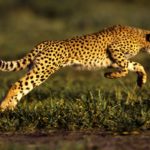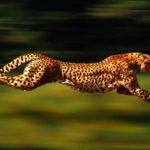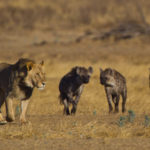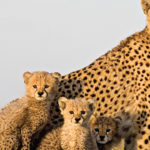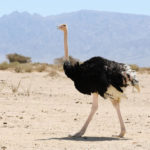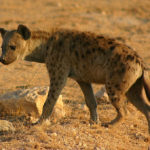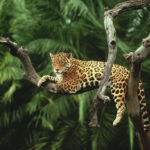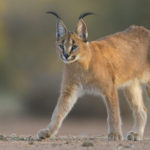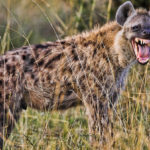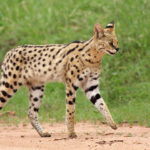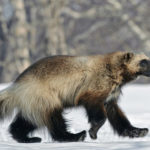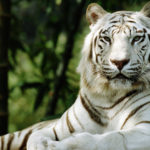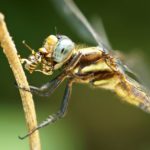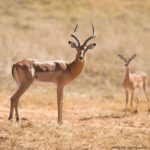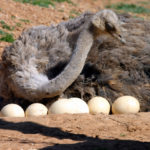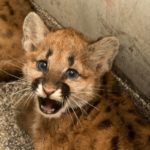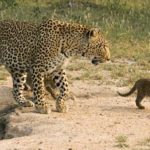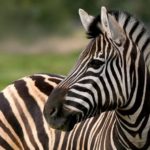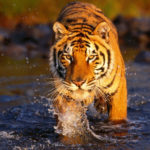What do cheetahs eat ?
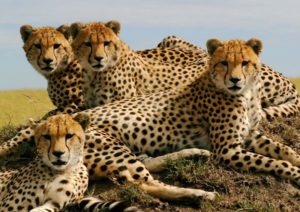 Cheetah is a born predator. In pursuit of the victim, he develops speeds of up to 120 km / h. His tail during the run helps him balance, and claws serve as a kind of spiked, which makes it possible to repeat all the zigzags behind the running victim. Eyes allow you to see any movement at a great distance. Overtaking prey, the cheetah claws her paw, and then tries to cling to the neck.
Cheetah is a born predator. In pursuit of the victim, he develops speeds of up to 120 km / h. His tail during the run helps him balance, and claws serve as a kind of spiked, which makes it possible to repeat all the zigzags behind the running victim. Eyes allow you to see any movement at a great distance. Overtaking prey, the cheetah claws her paw, and then tries to cling to the neck.
Eat cheetahs mainly hooves, gazelles and antelope. These animals constitute 90% of the diet of cheetahs. They also hunt for hares, young ostriches and other large birds.
Unlike many species of cat-hunting at night, cheetahs prefer to hunt in the afternoon. Starting the hunt, the predator first looks for suitable prey, usually with some kind of elevation. When the victim is elected, whether it’s a gazelle, an antelope or a wild donkey, the cheetah, hiding in the thick grass, crawls closer to the victim, and when to it remains 30-100 meters, abruptly breaks and starts chasing, developing a huge speed, then making an accurate jump , Clings to the body of prey with carpal claws. Grapple well into the victim’s body, the cheetah can not, because he does not have retractable claws. Therefore, he tries to knock her down and bite her neck. If in a few seconds the cheetah does not manage to catch the prey, then the chase stops. Running with such a crazy speed the animal can only 500-600 meters, then the body temperature rises and the beast simply dies from overheating if it continues the chase.
As a rule, cheetahs live and hunt alone, but young and not experienced individuals can hunt together. They do this as follows – they surround the impala together and, driving her into a trap, do not leave her no chance. There are cases when a group of predators attack a larger prey, for example, a blue antelope or a zebra, and sometimes the hunting of cheetah-brothers ends successfully. However, the team does not hunt together for a long time, after growing up, the relatives begin to avoid each other. Approximately in the third year of life, brothers and sisters part ways and begin an independent life, but at the same time remain on the same hunting ground. Animals continue to have kinship feelings to each other, they do not have disputes over hunting areas.
Catching prey, the cheetah spends a lot of vitality and energy. To somehow restore strength after the chase, the animal lies in the shade and for about 15 minutes it breathes heavily. At this time while he is resting, his enemies do not slumber. The most sworn enemies of the cheetah on the African plains are lions and hyenas. They rip off most of their prey from cheetahs. Since cheetahs do not have powerful jaws and large sizes, these animals almost never enter into a dispute with them and give prey without a fight. Therefore, this predator tries to eat everything immediately after the hunt, leaving nothing for later. Also cheetahs, unlike many felines, never eat carrion, but always prefer to eat fresh meat.
